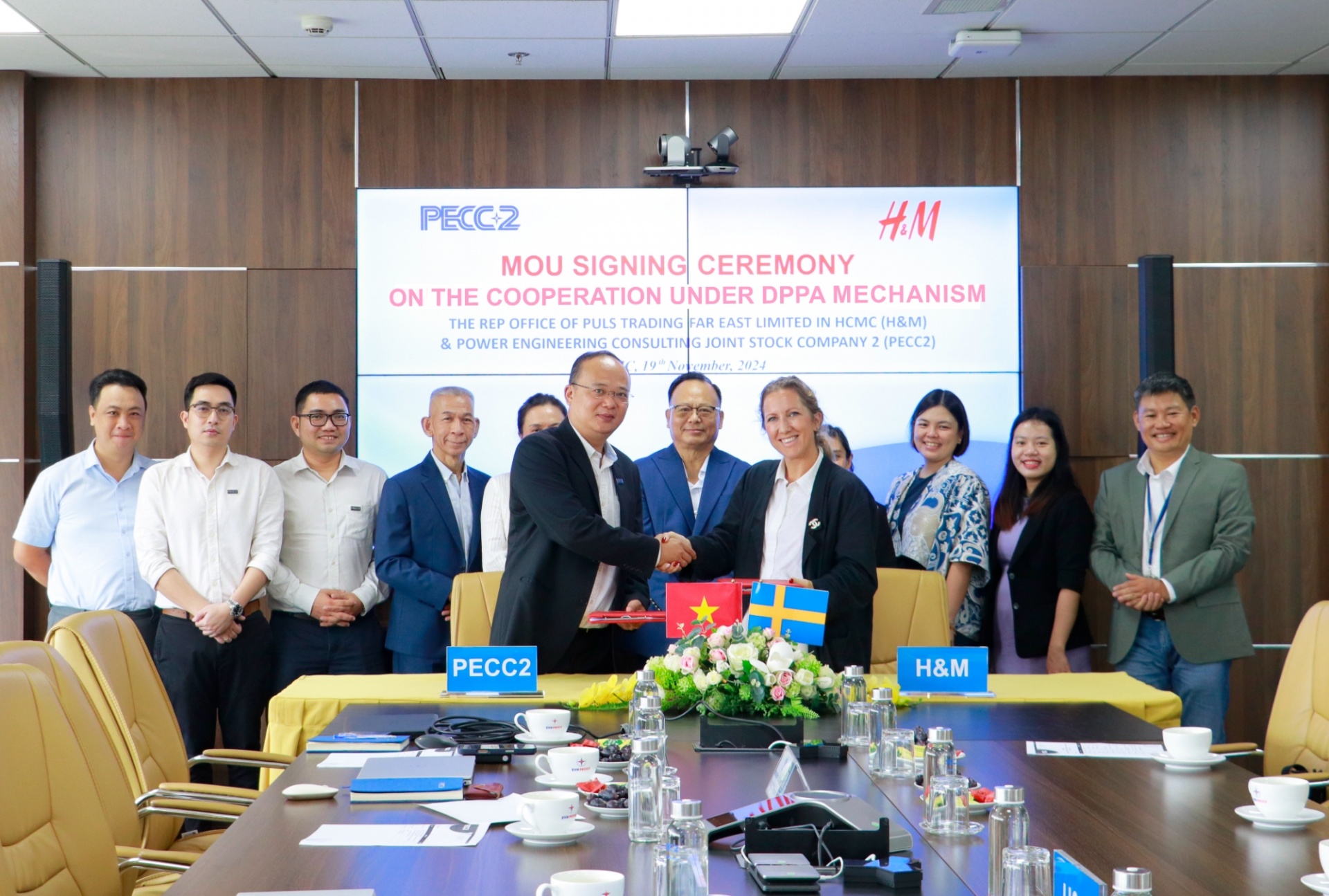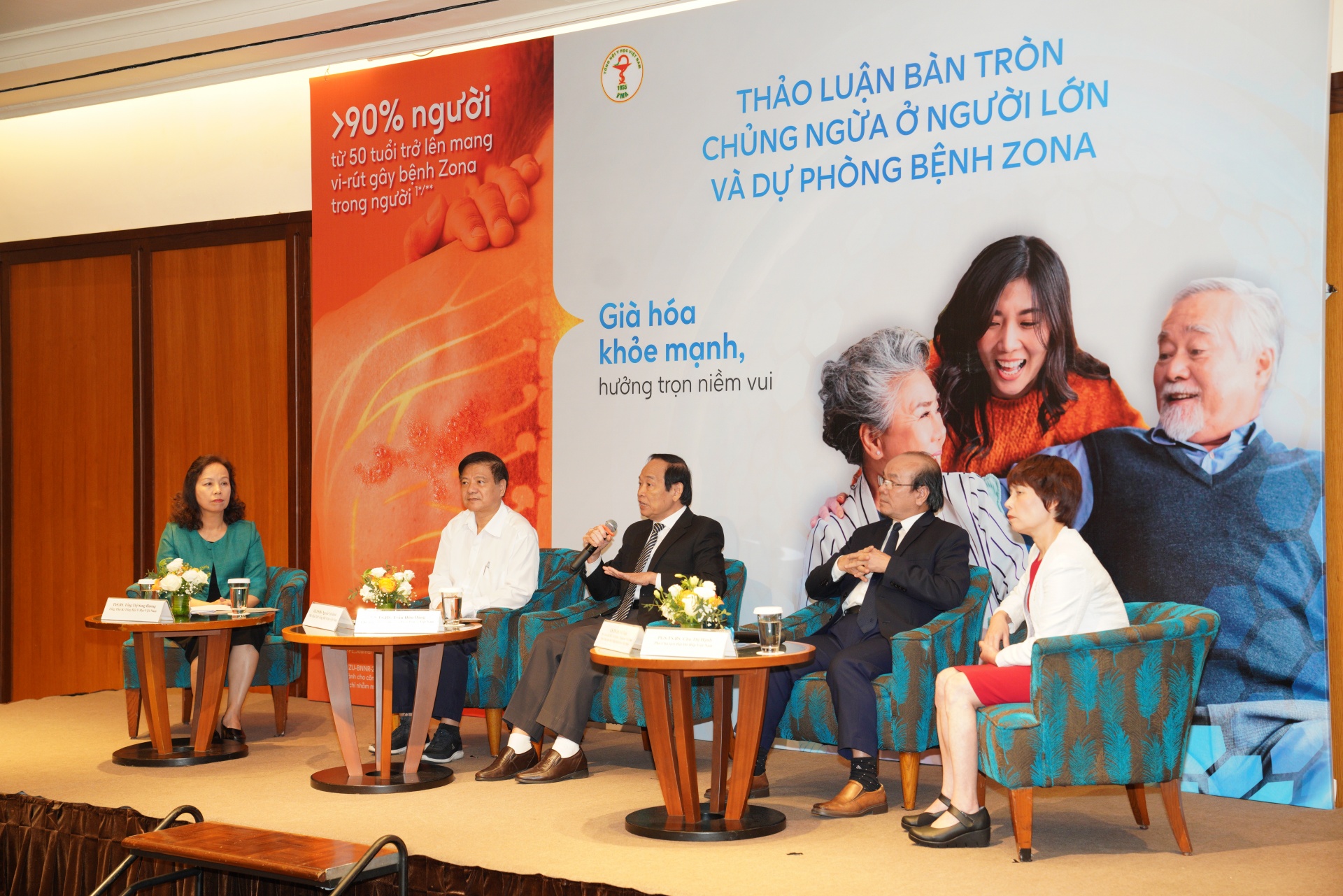Rice failing to take root
 Rice exports sunk 32 per cent in volume and nearly 30 per cent in value in the first quarter of 2012 against the same period last year. There were positive signs in the recent past when Vietnam had mounting export orders to China which is considered a risky market. Is that the case?
Rice exports sunk 32 per cent in volume and nearly 30 per cent in value in the first quarter of 2012 against the same period last year. There were positive signs in the recent past when Vietnam had mounting export orders to China which is considered a risky market. Is that the case?
Vietnam saw a sharp hike in rice export orders in the recent past, but mainly from China. Several dozen million tonnes of rice are bond to China every day. That is a good opportunity for Vietnam’s rice exports. With a huge population featuring diversified demands China is always Vietnam’s key agricultural output market.
However, it is also a risky market due to current common trade regulations with a number of problems. Vietnam’s agricultural products are mostly exported to China via border gates which are difficult to control and prone to risks.
Vietnam has engaged in rice export for years, but why such poor results?
That was because in the past years Vietnam paid undue attention to market issues, just concentrating into expanding production and hiking productivity while neglecting quality. Production will be scaled up when output market is available. It is like when there is demand, there will be supply.
The government expedites a programme to store paddy rice to stabilise market prices. How can farmers be supported on the back of a prolonged price fall?
Temporary storage is necessary to stabilise market prices. These short-term support policies are important to help tackle unexpected occurrences in paddy rice production. This reflects blemishes in market forecasts. Hence, forecast quality needs to be enhanced to ensure rice export management efficiency.
2012 will be a tough year for rice exports, particularly exports of lower grade rice, since weighty competitors from India, Pakistan and Myanmar appear on the horizon. In the long run, we must improve the quality of export rice to satisfy demands from high-grade rice markets and scale up marketing for market expansion.
Thailand focuses on producing high-quality rice whereas in Vietnam farmers are keen on lower-grade rice. What will the MARD do to tackle the issue?
Vietnam has a bigger population than Thailand with around 7.3 million hectares grown with rice. With around 10 million hectares of rice area and smaller population, Thai farmers can grow one crop a year and use rice strains of low productivity and high quality. We cannot run after Thailand and also do not want to do so.
This practice, however, needs to be addressed. In early winter-spring season, we warned farmers of using at most 15-20 per cent of areas for lower-grade rice, however in fact, such rice areas climb to 50 per cent in a number of locations since lower-grade rice generates high and stable productivity. Minimising lower grade rice is crucial in the rice strain structure to achieve our set goal.
What the stars mean:
★ Poor ★ ★ Promising ★★★ Good ★★★★ Very good ★★★★★ Exceptional
Related Contents
Latest News
More News
- Mitsubishi Estate launches Logicross Hai Phong - a milestone in logistics evolution (November 20, 2024 | 14:32)
- Semiconductor workforce partnerships deliver industry-relevant training (November 20, 2024 | 10:58)
- German Quickpack to invest $31.7 million in Long An province (November 20, 2024 | 09:31)
- Foreign-invested enterprises drive logistics investment in the southeast region (November 20, 2024 | 09:27)
- Chile visit underscores trade benefits (November 19, 2024 | 10:00)
- Trump’s second term impacts sci-tech activities and industry 4.0 technologies (November 18, 2024 | 10:00)
- Vietnam eyes nuclear revival to bolster energy security (November 14, 2024 | 16:46)
- Kyokuyo completes $13.5 million seafood factory in Vietnam (November 14, 2024 | 12:19)
- VinFast receives $3.5 billion funding from Vingroup and Pham Nhat Vuong (November 14, 2024 | 06:38)
- Localities sprint to reach FDI targets (November 13, 2024 | 10:00)


 Tag:
Tag:

















 Mobile Version
Mobile Version